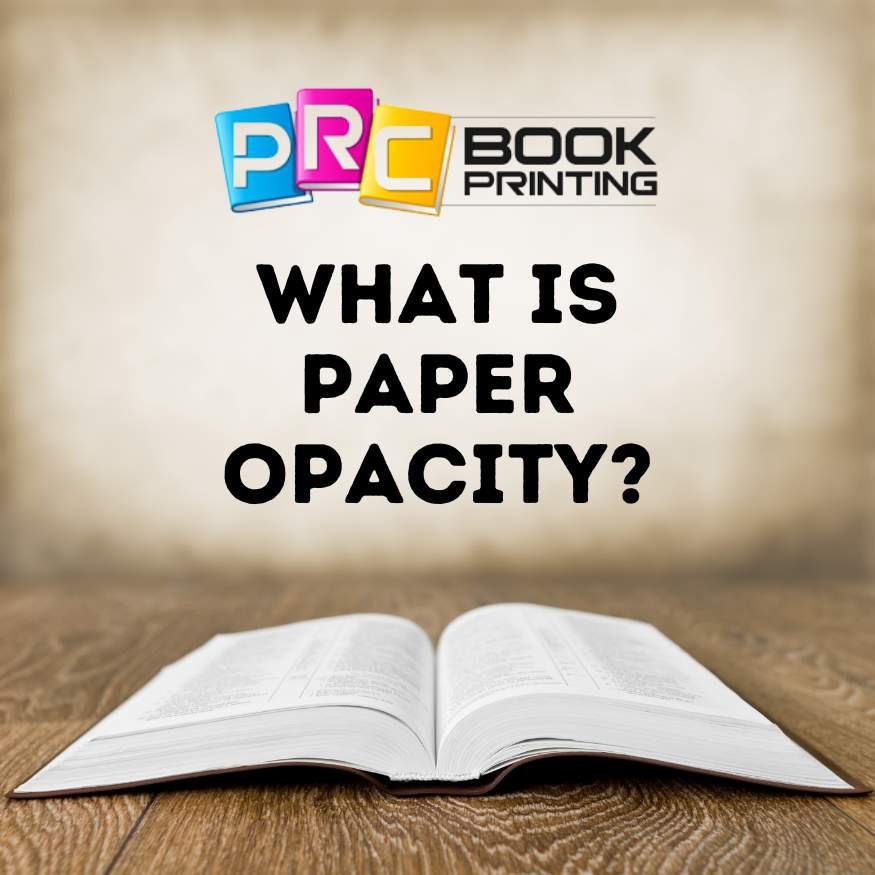Many people think that once a book is written or illustrated, all the hard work is over. But there’s much more that goes into the creation of a book. Between a piece of paper’s weight, texture, brightness, and opacity, it’s a lot to learn!
If you’re just beginning to dive into what goes on behind the scenes in book printing, you likely have a lot of questions.
In this quick guide, we’ll walk you through one of the factors that a book printer and publisher must decide on: paper opacity.
What Is Paper Opacity?
Opacity refers to the ability of light to pass through something (in this case, paper). It is given as a percentage, with paper of 100% opacity meaning 100% of the light cannot pass through. The lower the percentage, the more light can pass through the paper, giving it more transparency.
An example of a paper with a lower percentage of opacity would be tracing paper – it’s easy to see words, outlines, and drawings when the tracing paper is placed over another piece of paper due to its opacity level.
On the other hand, if you’ve ever received an invitation on thick card stock paper, this is an example of a paper with a super high opacity percentage. You can’t see through this paper at all, and even if you were to write on it with a permanent marker, it wouldn’t bleed through to the other side.
You can get an idea of a paper’s opacity by holding it up to the light and putting your hand behind it. If you can see your hand behind the paper, it likely has a lower opacity percentage.
How Is Paper Opacity Altered?
There are several different ways to increase a paper’s opacity.
Adding filler materials like titanium dioxide, calcium carbonate, or even clay can help boost a paper’s opacity percentage. Tinting or dyeing paper a different color can also add to a paper’s opacity.
Fillers and dyes aren’t the only options for increasing paper opacity, though. A paper’s weight, bleached vs. unbleached pulp, and other factors all contribute to its final opacity.
The Right Paper Opacity for Book Printing
When having books printed, it’s important to make sure the words don’t bleed through on each page. Most printing papers have an opacity between 80% and 98%.
The right opacity for each book will depend on the type of book being created. For example, an illustrated children’s book will require a higher opacity to ensure the paper is thicker to avoid having pictures show through. A novel can get away with a slightly lower opacity, which is why the paper in these will often feel thinner and more translucent.
A professional printing company can help you navigate the best opacity for your book to ensure great readability.
Book Printing with the Best
When it comes to paper opacity, the key takeaway is that it’s talking about how much light is able to show through. The higher a paper’s opacity, the less likely it is for words or images to show through on the reverse side.
If you’re looking for book printing services, we’re here to help. From magazine printing to perfect-bound books to children’s books, we do it all. Reach out to us today to get started.

